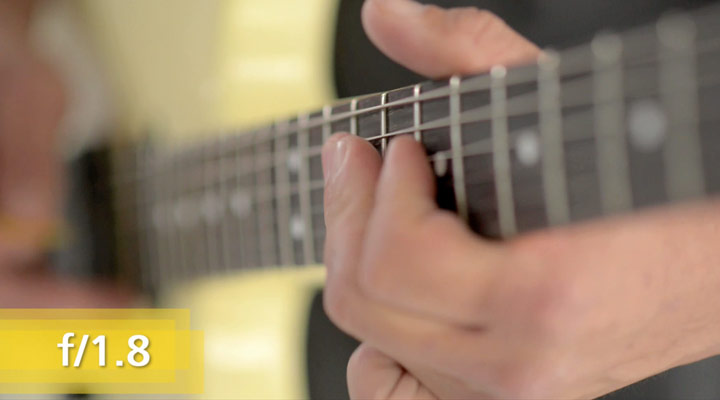How to Use Aperture and ND Filters to Control the Depth-of-Field in Movies
HD-SLR Video Tips: Depth of Field - Using Depth of Field for more creative HDSLR video (2:02 min.)
Videographers and cinematographers use Depth-of-Field to your advantage to create more interesting shots for your videos. The same way that photographers use a shallow depth of field to separate a subject from its background, or deep depth of field to ensure everything in a scene is in focus from the foreground to the background—you can use these techniques in your videos.
The use of a shallow depth of field is a filmic or cinematic look that you’ll see in movies but not feature length videos that were shot using a traditional video camera. This is because most video camera lenses do not allow for an extremely shallow depth of field.
Using a wide f/stop, such as f/2.8, you can emphasize the importance of your subject by isolating them from the background softness or bokeh. For a deep depth of field where most or all of the scene is in focus, use a small f/stop such as f/16 or f/22.
Now, depending on the light in your scene, you may have to bump up or increase the ISO if you want to increase the depth of field and still have a decent enough shutter speed usable for a good exposure.
When shooting in bright sunlight, you may encounter the situation where you find you can not open up the aperture enough for the shallow depth of field you want for a particular shot. In this case, you’ll want a third party accessory Variable ND or (Variable Neutral Density) filter attached on the front of the lens to allow you to cut down on the amount of light entering the camera. A variable ND filter usually allows you cut the light from between two to eight f/stops, enough to let you use a wide aperture.
Remember to check your HDSLR camera’s User’s Manual for instructions on its particular menu navigation and dial layout.






